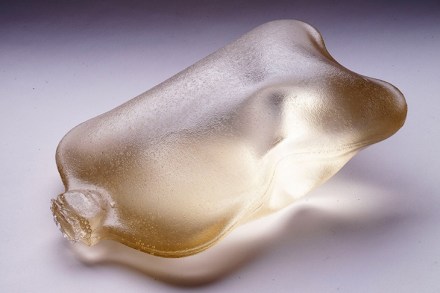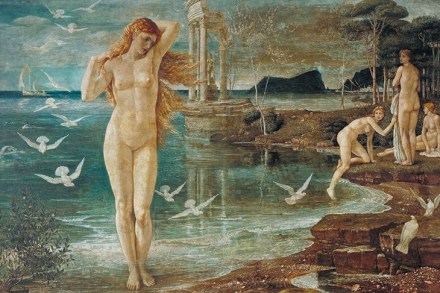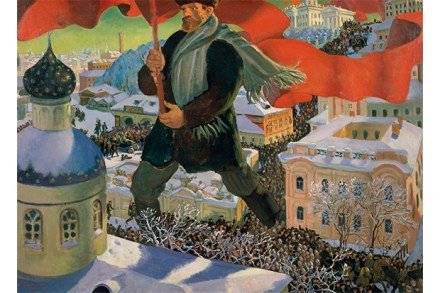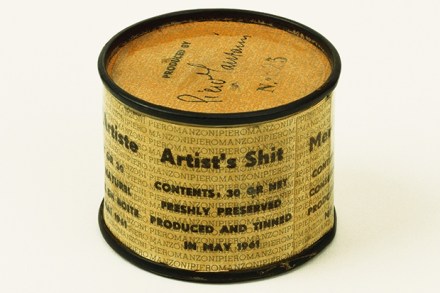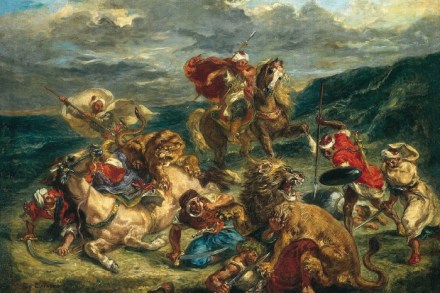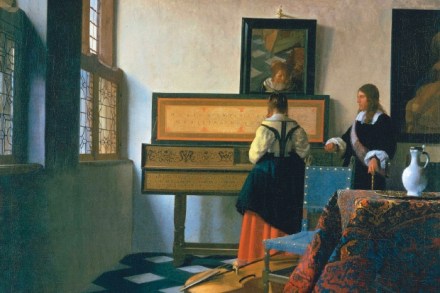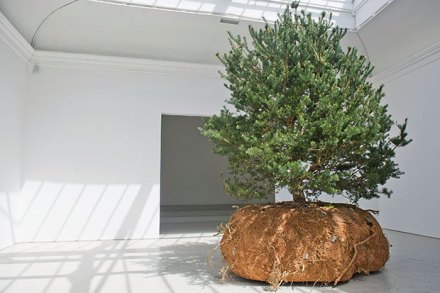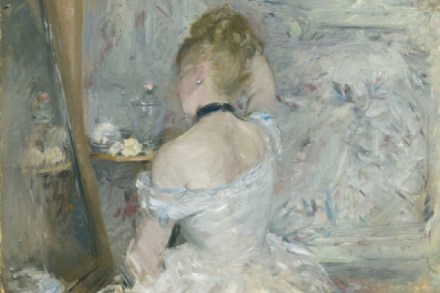Space odyssey | 14 September 2017
Rachel Whiteread is an indefatigable explorer of internal space. By turning humble items such as hot-water bottles and sinks inside out — that is, casting the cavities — Whiteread has accomplished one of the traditional tasks of art: revealing structure, beauty and mystery in the everyday. Her work is a remarkable contribution to an overlooked genre: the sculpture of inanimate things or still-life statuary. Nonetheless the large-scale, mid-career Whiteread retrospective at Tate Britain, which ought to be a triumph, does not quite come off. Ironically, since her idiom is derived from minimalism, the exhibition fails to observe the law that less is more. This is a common problem with museum
